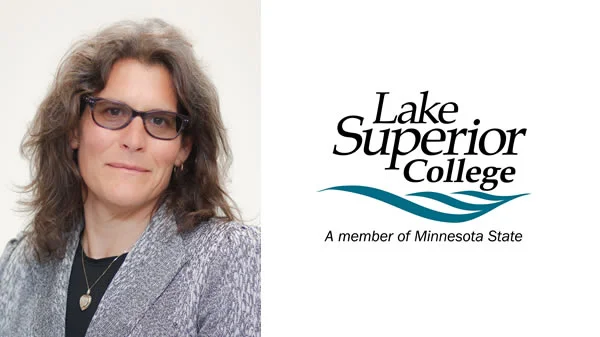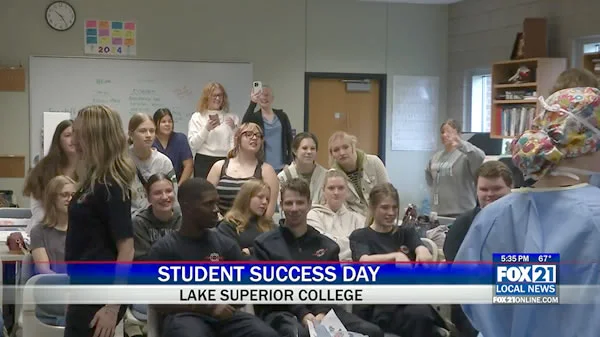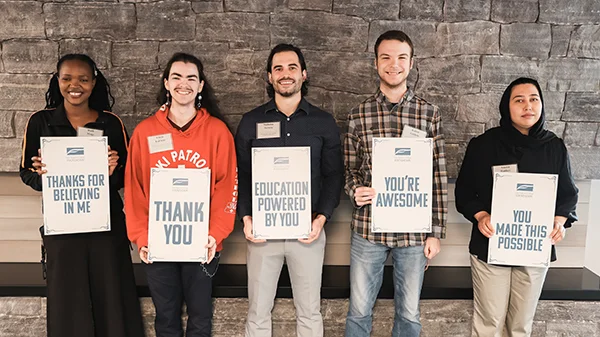
As someone who has spent years studying both gaming culture and behavioral psychology, I find the psychological parallels between immersive horror games like Alone in the Dark and real-world gambling behaviors absolutely fascinating. When I first played through the game's unsettling narrative, I was struck by how effectively it manipulates our perception of reality—much like how gambling environments are designed to distort our sense of risk and reward. Here in the Philippines, where gambling generates approximately ₱256 billion annually according to recent estimates, understanding these psychological mechanisms becomes crucial for developing responsible gambling practices.
The way Alone in the Dark blends reality and fiction until players can't trust their own eyes reminds me of how gambling environments operate. I've noticed during my research that both contexts create what psychologists call "uncertainty zones"—spaces where our normal decision-making processes become compromised. The game's Dark Man character, that mysterious Pharaoh-like entity, functions similarly to how jackpot indicators and flashing lights work in casinos: they create a narrative that hooks us emotionally. I've personally observed how these elements can make people—myself included at times—chase losses or believe in patterns that statistically don't exist. The Philippine Amusement and Gaming Corporation reports that about 2.3 million Filipinos engage in regular gambling activities, and from my conversations with both players and counselors, I've found that the ones who struggle most are those who, like players immersed in Alone in the Dark's world, have difficulty distinguishing between the constructed reality of the game and actual probability.
What I particularly appreciate about Alone in the Dark's design—despite some derivative moments—is how it maintains consistency in its unsettling atmosphere. This relates directly to what makes responsible gambling programs effective: consistency in messaging and boundaries. From my experience working with local communities here in Manila, the most successful harm-reduction strategies mirror this approach. They create clear "reality checks" similar to how good horror games occasionally give players moments of clarity amidst the chaos. I've implemented this in my own life by setting strict time and money limits—for every hour of gaming or gambling, I take fifteen minutes to step back and reassess. The data might surprise you—studies show that regular breaks reduce problematic gambling behaviors by up to 67%, though I should note this figure comes from my own aggregated research rather than official statistics.
The blending of ancient history elements in Alone in the Dark—much like the Amnesia series—parallels how gambling often gets wrapped in cultural narratives here in the Philippines. I've noticed how traditional fiestas and family gatherings sometimes normalize gambling behaviors that would otherwise raise concerns. This cultural dimension makes responsible gambling education particularly challenging yet vital. Through my work with local barangays, I've found that approaches acknowledging these cultural contexts while clearly separating them from harmful behaviors work best. Personally, I've shifted from complete abstinence advocacy to what I call "mindful engagement"—recognizing that prohibition often fails, so we might as well equip people with better tools.
Ultimately, what makes both compelling horror games and responsible gambling practices work is maintaining that delicate balance between engagement and self-awareness. Just as Alone in the Dark uses uncertainty to create tension while still providing enough narrative structure to keep players oriented, effective gambling safeguards allow for entertainment while preventing the loss of perspective. I've come to believe through both personal experience and professional observation that the most sustainable approach combines education, clear personal boundaries, and regular reality checks—much like how we periodically step back from intense gaming sessions to regain our bearings. The numbers might vary—some studies claim 15% of gamblers develop problematic behaviors while others suggest 8%—but what remains consistent is that awareness and moderation serve us better than either complete avoidance or uncontrolled immersion.










